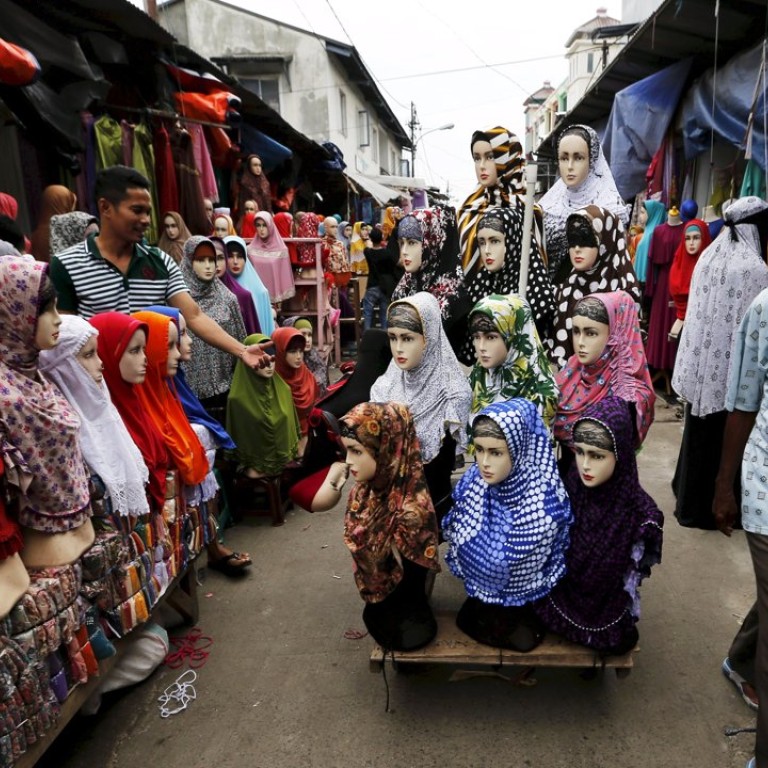
Southeast Asia's stronger economic growth may be weaker than it seems
Figures in some countries underpinned by a fall in imports rather than strength in exports
Stronger-than-expected growth in some Southeast Asian economies has sparked optimism the worst of a slowdown may be over, but high debt and weak exports make sustaining the momentum a challenge for policymakers as US interest rates go up.
The Philippines wrapped up the region's third-quarter gross domestic product performance on Thursday with annual growth of 6 per cent, up from 5.8 per cent in the second quarter.
Annual growth also picked up in Indonesia and Thailand, the region's two largest economies, taking weighted average growth in the region of some 500 million people with a combined GDP of US$2.2 trillion to 4.2 per cent, according to Capital Economics.
Officials from Bangkok to Jakarta have been quick to seize on the improved growth numbers and consumer confidence as evidence the worst slowdown since the 2009 crisis is over.
“We think growth in the third quarter is a turning point,” said Indonesian central bank Governor Agus Martowardojo.
We forecast growth in the fourth quarter to be weaker just about everywhere
Economists and businesses hold a less sanguine view.
China's slowdown and recession in Japan, both leading markets for the region, high consumer and corporate debt at home and the risk of more market ructions when the US raises interest rates, are all clouding prospects ahead.
“It's too early to call a trough,” said economist Joseph Incalcaterra at HSBC in Singapore. “We forecast growth in the fourth quarter to be weaker just about everywhere.”
Economic growth has been deceptively underpinned by a fall in imports rather than strength in exports for some countries.
Indonesia's exports in the third quarter fell 0.7 per cent from a year earlier, but external demand still contributed 1.2 percentage points to the economy's 4.7 per cent growth as imports tumbled by 6.1 per cent.
Sliding prices of commodities that account for around half of Indonesia's total exports have crimped incomes and depressed domestic activity, in turn, hitting imports.
“From an accounting perspective, this gives the appearance that growth is stronger than it actually is,” Incalcaterra said.
In Thailand, the external sector's large contribution to the economy's 2.9 per cent expansion was mostly due to a drop in imports, as investment shrank for the first time since early 2014. Without the lift from net exports, Southeast Asia's second-largest economy would have grown by just 0.1 per cent.
“Growth will remain weak for the next two quarters until we start seeing signs of a broader pick-up outside ASEAN,” said HSBC's Incalcaterra.

